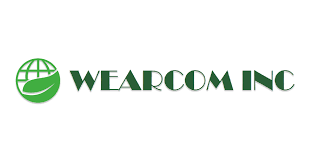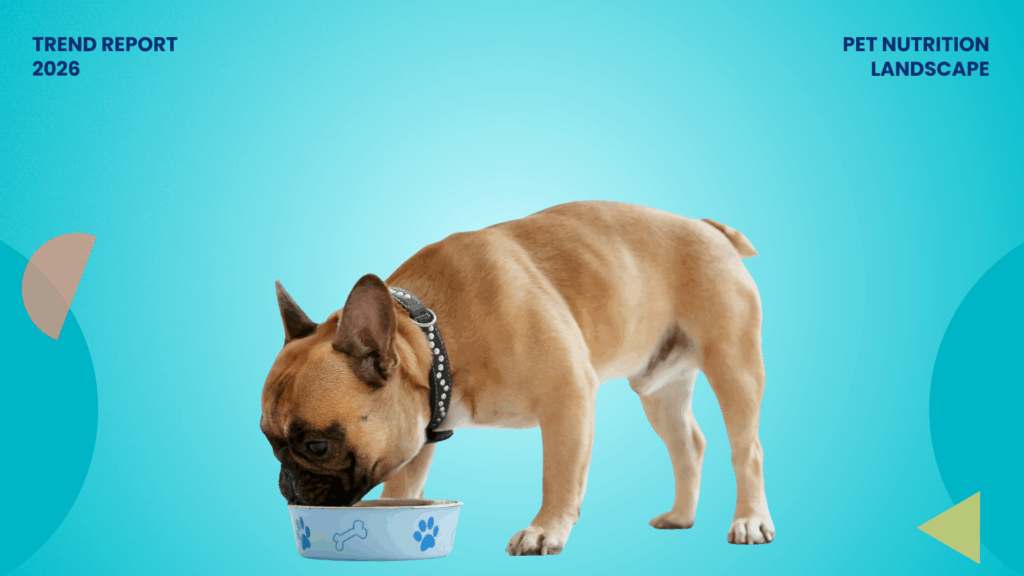Synthetic fibers, such as polyester and nylon, have become prevalent in the textile industry, comprising 60% of clothing and 70% of household textiles. Yet, their reliance on non-renewable resources and the release of greenhouse gases and pollutants throughout their lifecycle pose significant environmental issues.
Despite companies and research institutions developing sustainable textiles, they often have limitations such as low strength, flexibility, flame retardancy, water absorption, and effective drying. These limitations have restricted their use in mechanical and thermal applications. However, recent innovations have successfully addressed these challenges.
This article discusses the challenges associated with biodegradable textiles and explores the latest innovations that address these limitations.
Our State of Textiles report dives deeper into the industry and addresses challenges across various domains, such as sustainable dyeing, plant-based leather, polyester recycling, and more.
Fill out the form below and get the report in your inbox today!
Challenge 1 – Quick drying in biodegradable textiles
Functional textiles have been developing sweat-absorbent and quick-drying materials that provide comfort and coolness during physical activities. However, conventional approaches to imparting these properties often rely on mixing or applying sweat-absorbing and quick-drying agents to fabrics made primarily from synthetic fibers.
While these materials may offer the desired functionalities, they fail to address biodegradability.
Innovative solutions being explored –
Plus & Partner’s moisture-managing yarn blend
Plus & Partners, a Korean fiber manufacturing company, has developed a process to create a biodegradable, eco-friendly fabric with sweat-absorbent and quick-drying properties. This innovative method uses polylactic acid and cellulose yarn twisted together during the yarn-plying stage. The twisted yarn is then woven into fabric and dyed for color.
After dyeing, a moisture-absorbent softener is applied to the fabric to improve its ability to absorb sweat and dry quickly. This is achieved by combining yarns that attract and repel moisture, enhancing moisture absorption and diffusion.
Zhejiang’s moisture-controlling quick-dry fabric
Zhejiang Sailisi Environmental Protection Technology, a Chinese material company, has developed a biodegradable, water-absorbing, quick-drying, unidirectional moisture-guiding fabric.
This fabric has a surface and inner layer made of fibers with hollow, perforated walls. Adding a water-attracting group during polymerization creates these special fibers, allowing microbes to naturally break them down into water and air.
This improvement surpasses current technologies by enhancing the water absorption capabilities of chemical fiber shell fabrics, resulting in quick-drying properties and a smooth tactile experience.
Quanzhou and Donghua’s pilling-resistant biodegradable fabric


Quanzhou Haitian Material Technology and Donghua University have collaborated to create a biodegradable weft-knitted fabric. This fabric is formed by interweaving 40S cotton with biodegradable polyester fiber blended yarns. The resulting fabric offers a range of desirable features, including a unique appearance with double surfaces and layers, biodegradability, moisture absorption, quick drying, soft texture, resistance to pilling, and excellent size stability.
Challenge 2 – High-strength biodegradable textiles
The strength of short fiber nonwoven fabrics, often utilized in biodegradable textiles, requires enhancement to meet the demands of applications such as athletic apparel and sportswear. Biodegradability becomes a concern for these fabrics when using fibers like polyethylene terephthalate. Fortunately, companies like Kaneka Corp, Ecovance Co Ltd, Nox Bellcow Cosmetics Co Ltd, Shanghai Kingfo Ind Co Ltd, and others have innovated solutions to address this issue recently.
Innovative solutions being explored –
Kaneka’s flexible, biodegradable, nonwoven fabric innovation

Kaneka Corp, a Japan-based company, crafted a biodegradable nonwoven fabric. This innovative blend incorporates cellulose-based short fiber A with natural cellulose fibers and short fiber B containing poly-(3-hydroxybutyrate-co-3-hydroxyhexanoate), resulting in a fabric with high biodegradability and mechanical strength. Additionally, this combination provides flexibility to the fabric, making it a versatile and environmentally friendly option.
Ecovance’s biodegradable polyester resin composition improves mechanical strength
This biodegradable polyester resin composition offers superior performance Compared to conventional natural biodegradable polymer fibers in textiles. Showing exceptional characteristics and environmental friendliness, it suits diverse applications such as packaging and nonwoven fabrics.
SKC’s biodegradable PBAT as a low-density polyethylene(LDPE) alternative

SKC, a leading manufacturer in South Korea, is teaming up with two local companies, Daesang and LX International, to establish a joint venture called “Ecovance.” This collaboration is focused on manufacturing biodegradable polybutylene adipate terephthalate (PBAT), aiming to provide a sustainable alternative to low-density polyethylene. To reinforce the fabric, nano cellulose extracted from trees will be used, aligning with environmental sustainability goals.
Challenge 3 – Flame retardant biodegradable textiles
Commonly used organic flame retardants produce toxic and harmful substances like dioxin and halogenated hydrogen. These substances pose risks such as biological accumulation, toxicity, and environmental persistence, posing a significant threat to ecological balance and human health. Hence, there’s a pressing need to develop easily degradable flame retardants with low toxicity. Several companies, including Anhui Shenhuxi Textile Technology, Wearcom, and RL Innovation, have recently addressed this issue through innovative solutions.
Innovative solutions being explored –
Anhui’s eco-friendly resin composition for enhanced processing
Anhui Shenhuxi Textile Technology, a company based in China, has developed a biodegradable polyester resin composition along with associated nonwoven fabric, film, and manufacturing processes. The result is an enhancement in biodegradability, flexibility, strength, and processability. This innovative biodegradable polyester resin composition offers superior features compared to widely used conventional natural biodegradable polymers. It is suitable for various applications such as films, packaging materials, and nonwoven fabrics, where it demonstrates outstanding characteristics.
Wearcom’s eco-friendly flame-retardant fabric

Wearcom, a Korean company, has developed an environmentally friendly nonwoven fabric with exceptional biodegradability. The process involves several steps: raw material mixing, melting, web forming, and thermal bonding. The resulting nonwoven fabric showcases outstanding biodegradability in natural settings and demonstrates remarkable mechanical properties, flame retardancy, and antibacterial performance.
Eco-friendly flame-retardant treatment for historical tapestries
Laboratorio di Restauro Arazzi e Tappeti (Tapestry and Carpet Restoration Laboratory) and the CNR-IBE Institute of Bioeconomy collaborated to evaluate the performance and feasibility of using flame-retardant textiles treated with an eco-friendly procedure. The objective is to assess how effective and practical these treated textiles are, likely in conserving historical tapestries and carpets.
Path Forward
The textile industry is evolving towards a greener future, with biodegradable fabrics leading the way. Innovations have expanded their capabilities, with quick-drying textiles transforming activewear and travel gear. High-strength options find applications in cleaning wipes, athletic wear, and packaging. Flame-retardant biodegradable textiles are a game-changer, offering safety and sustainability for protective gear across various industries.
However, realizing the vast potential of biodegradable textiles requires collaborative efforts between pioneering startups, established industry players, researchers, and stakeholders.
By fostering open communication, sharing insights, and aligning incentives, these collaborations can drive innovation, overcome technical challenges, and pave the way for a more sustainable future in the textile industry.
Therefore, stay ahead by identifying potential startup collaborations before your competitors do!
Talk to our experts today and uncover new possibilities.
Authored By – Ambuj, Sanju, Mukul Intelligence Team
Also Read – 7 Trends Driving a Sustainable Future in Textile








